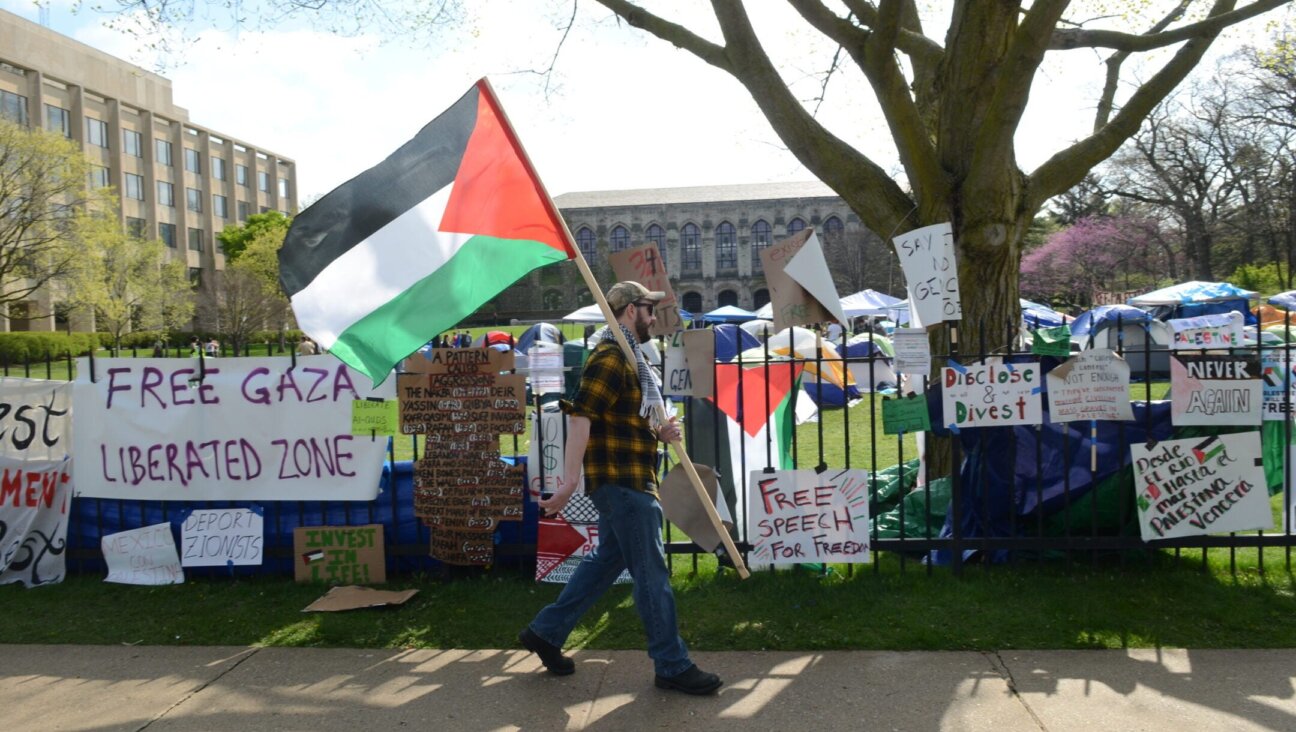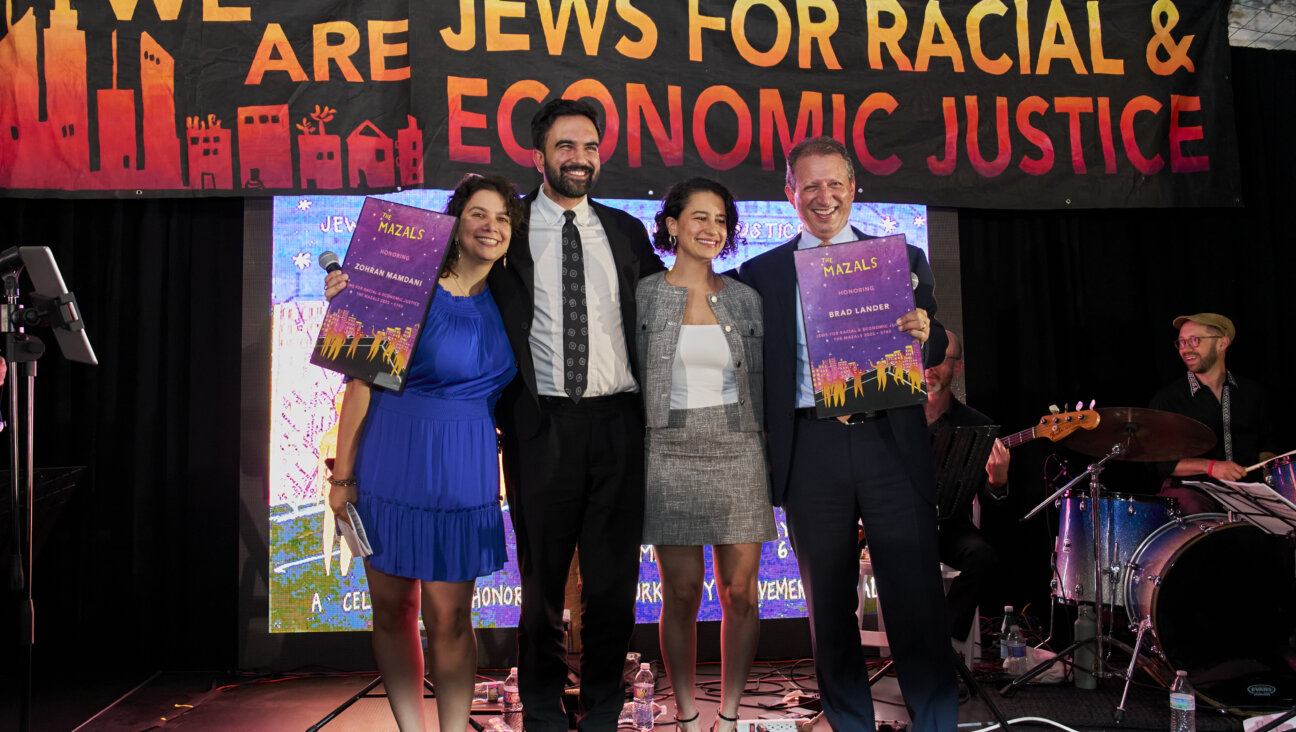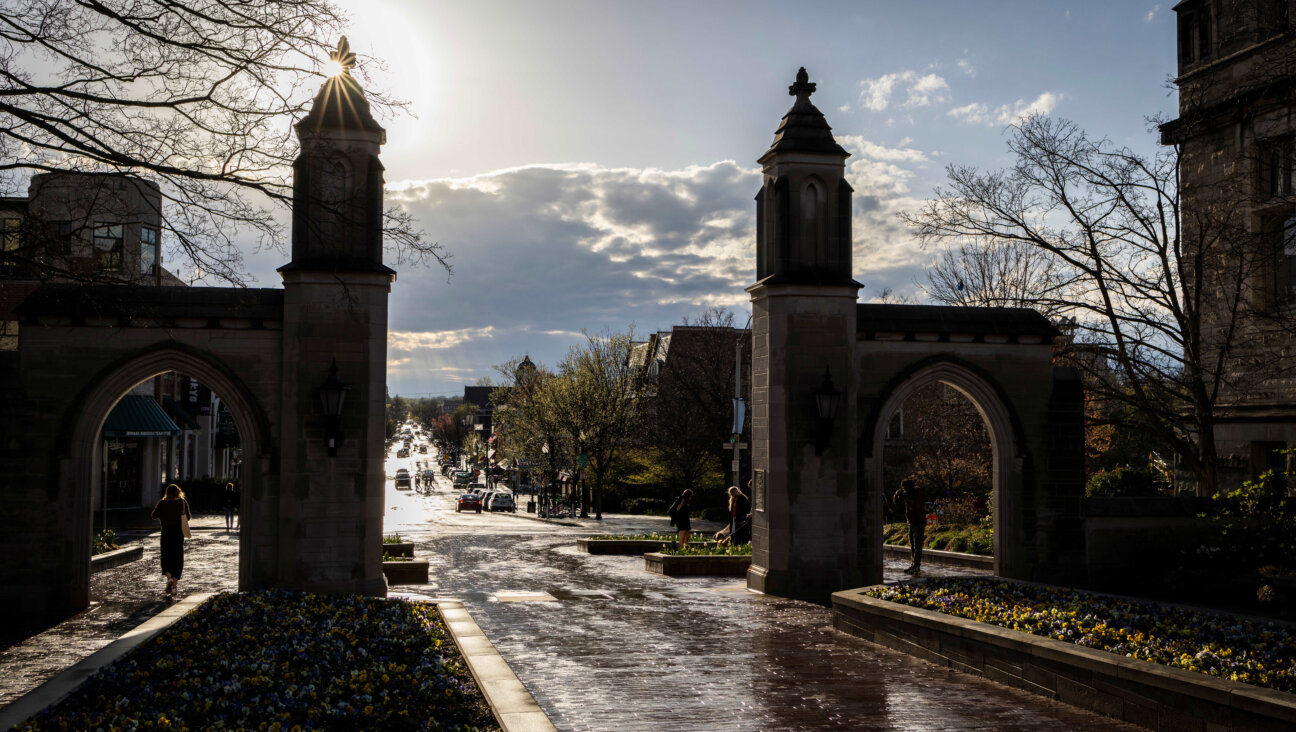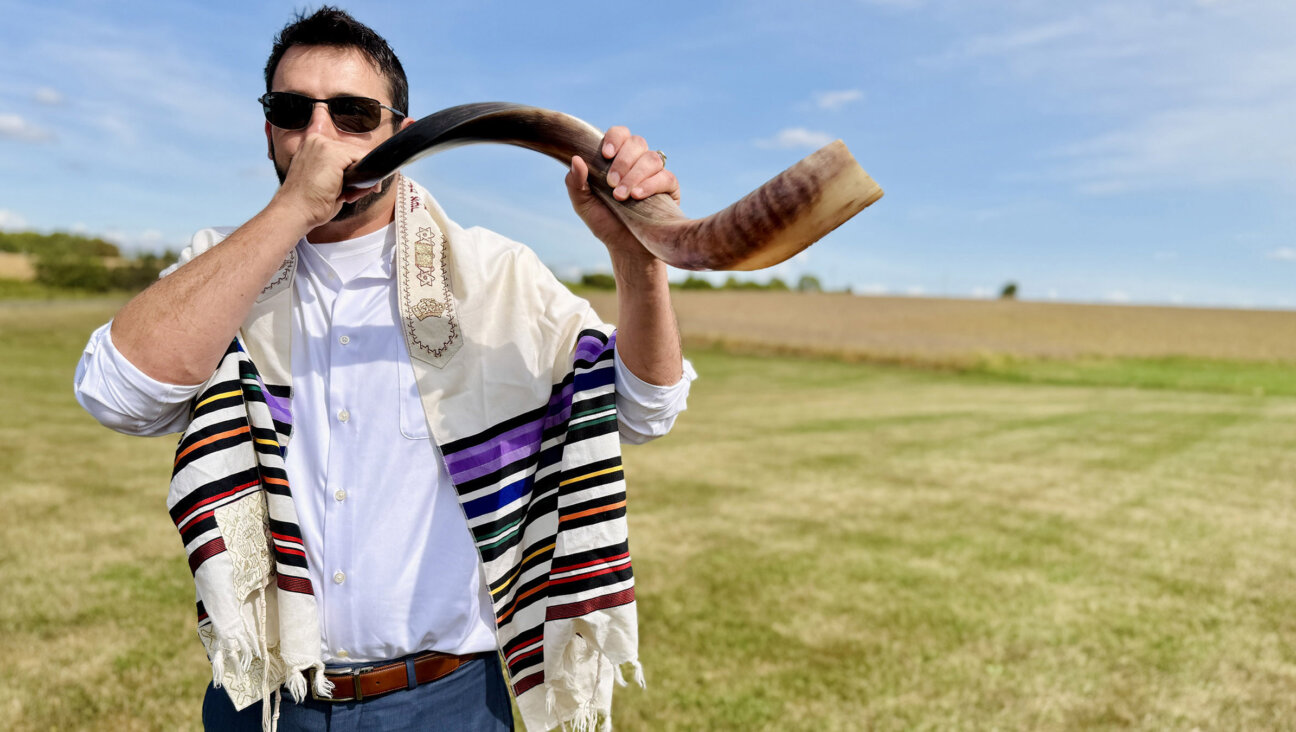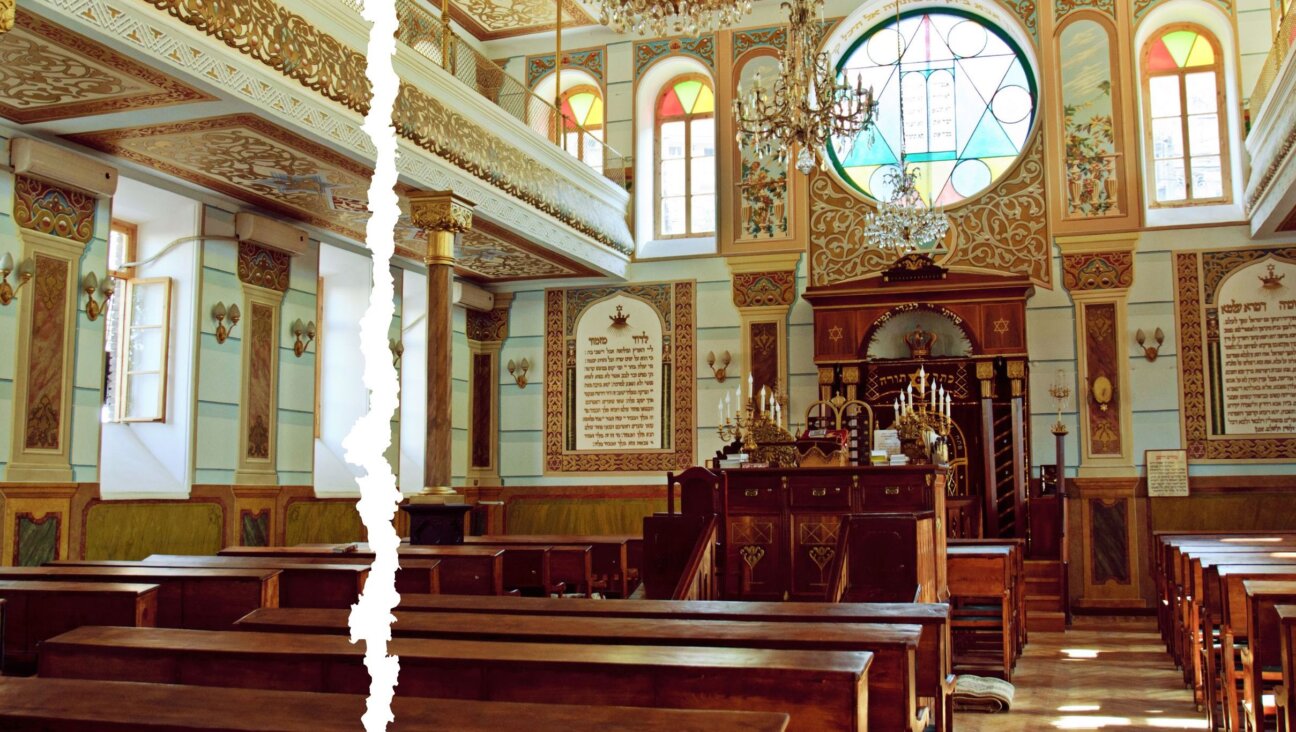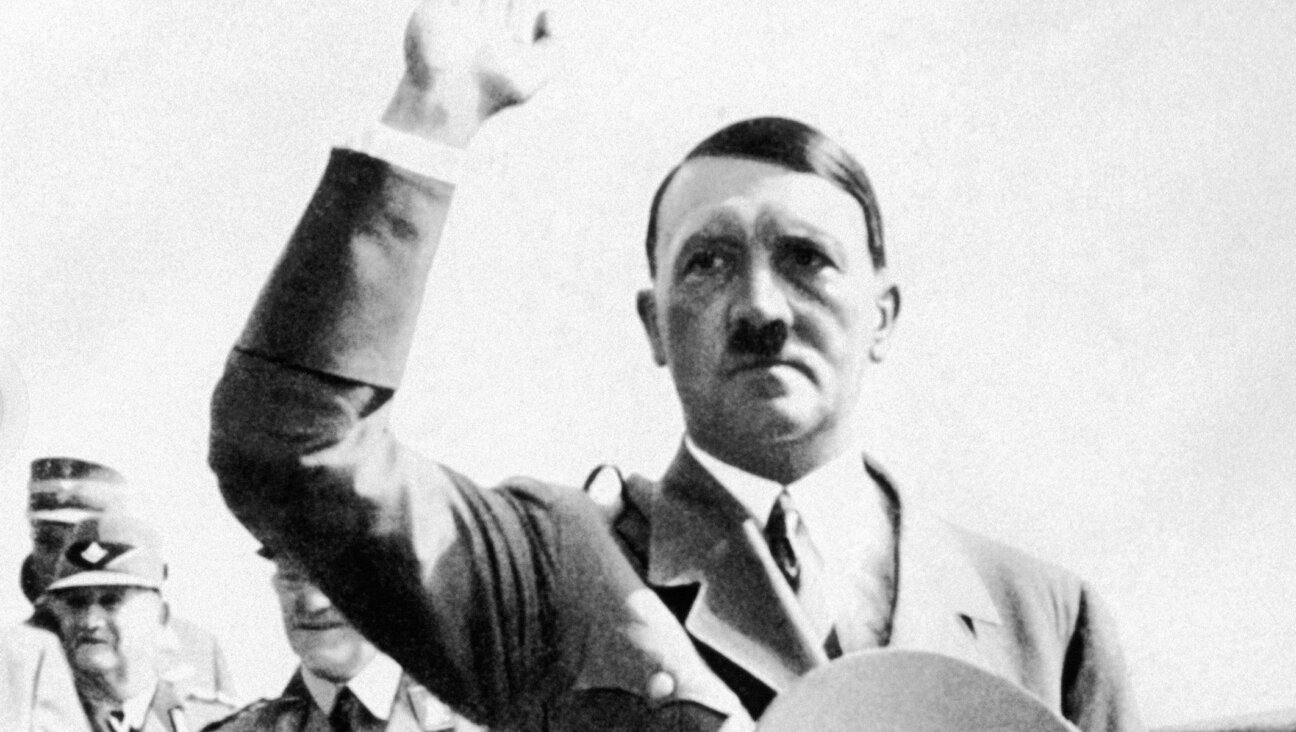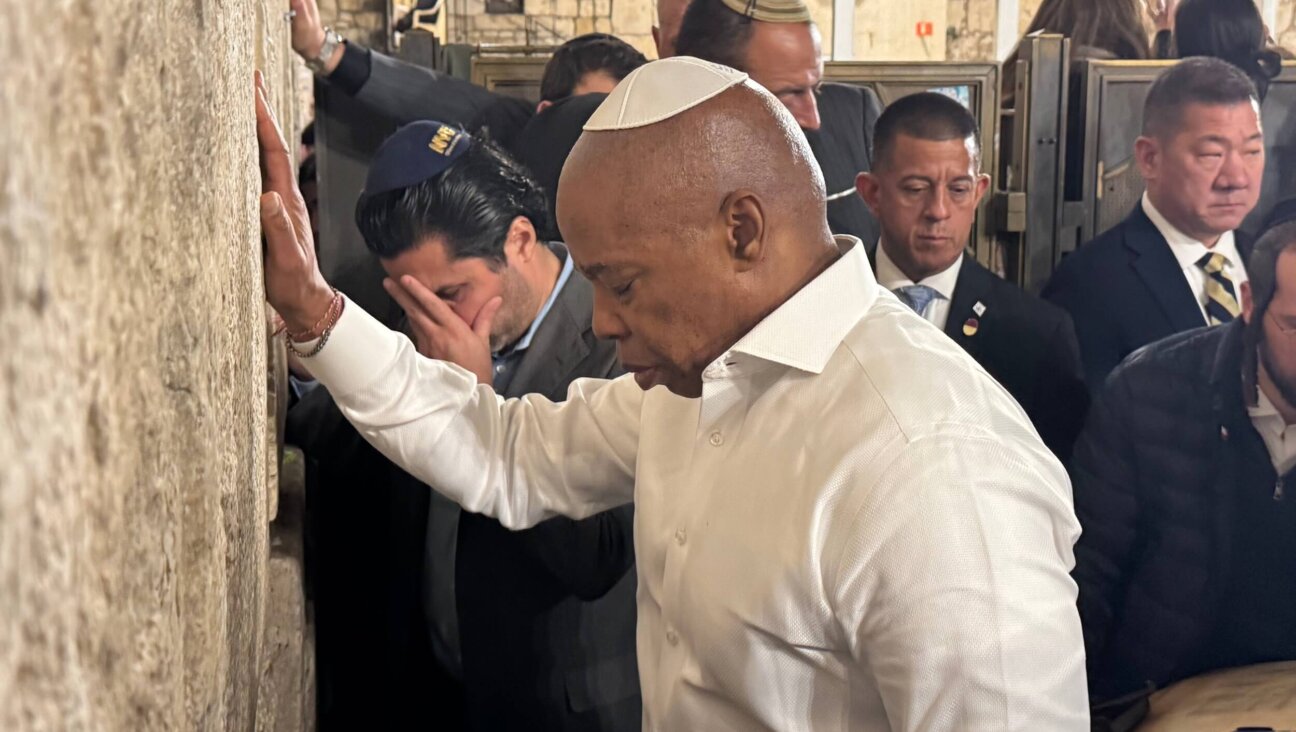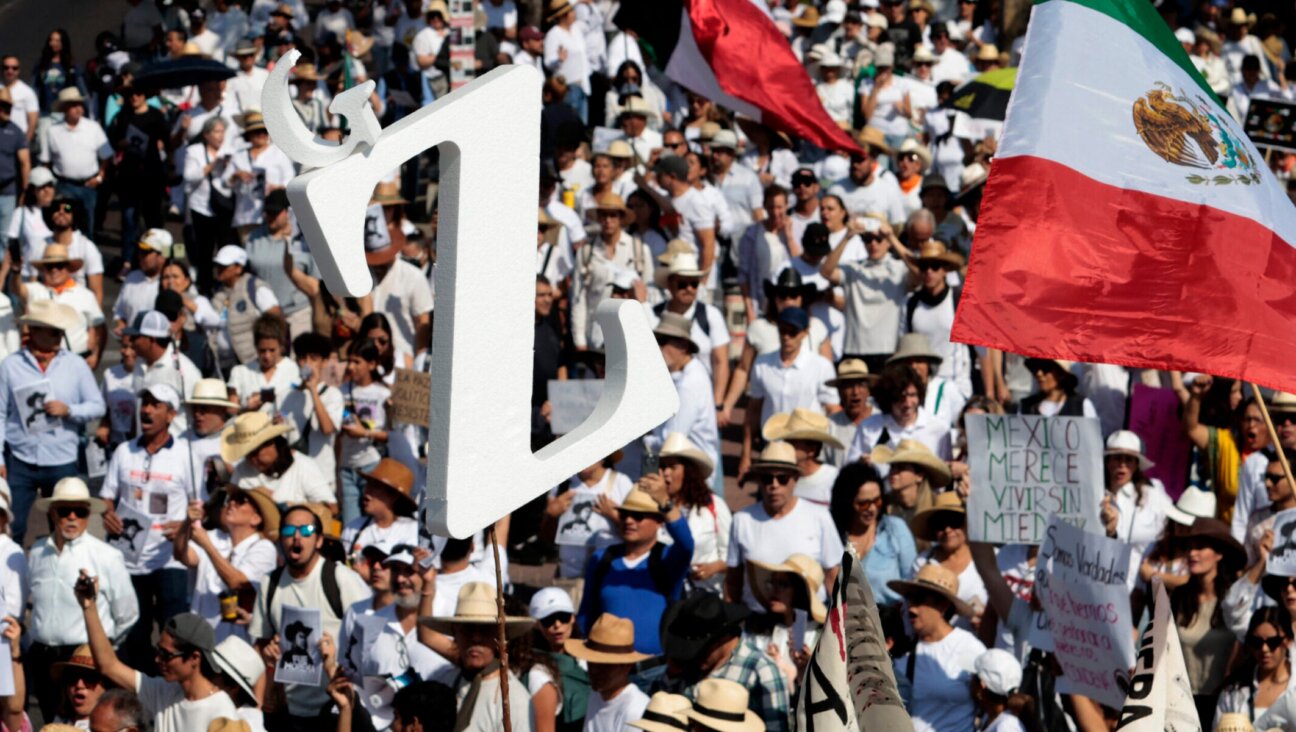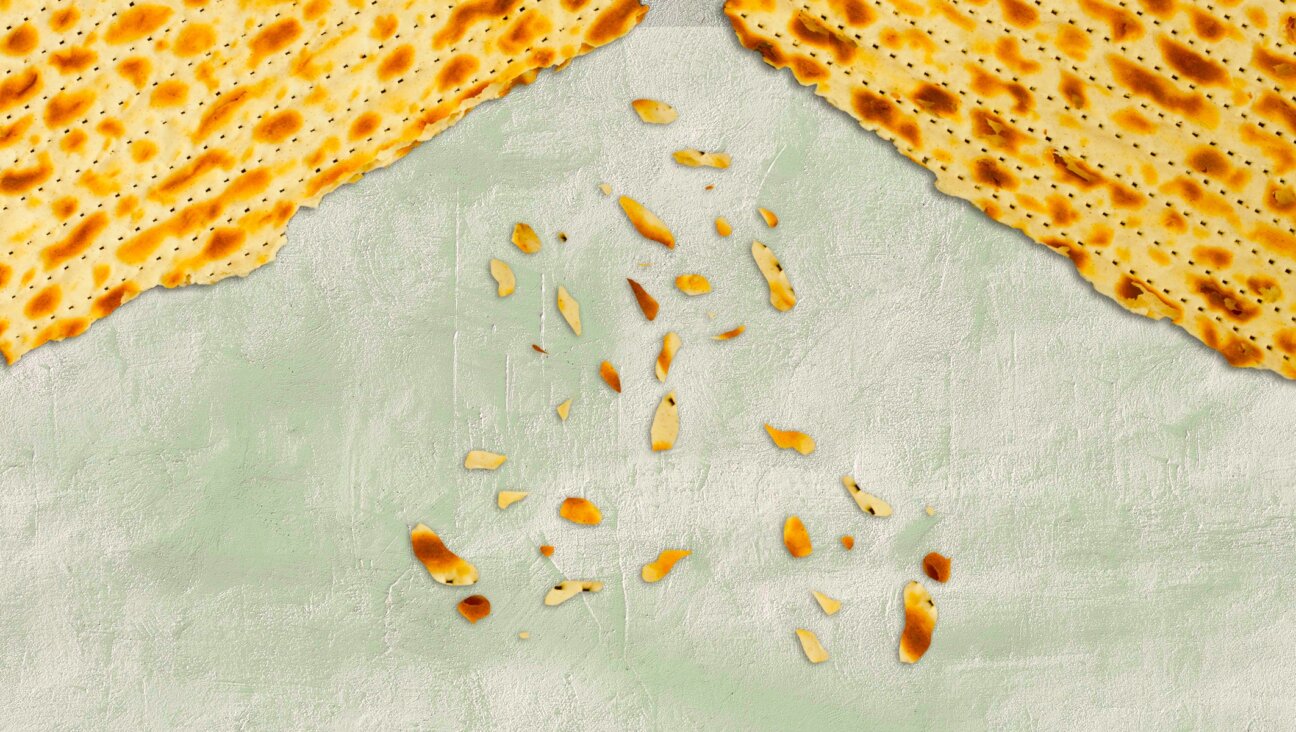Puerto Rican vs. Jew: Cotto-Foreman Fight a Throwback to Ethnic Matchups

Graphic by Angelie Zaslavsky
When Yuri Foreman meets Miguel Cotto at Yankee Stadium this June, boxers representing two of New York’s largest ethnic groups will face off in a fight sure to excite Jewish and Puerto Rican fans.
Foreman will be defending a World Boxing Association super welterweight championship belt that he won last year — a victory that turned the Belarus-born, Israel-raised, Brooklyn-based Orthodox rabbi-in-training into an instant Jewish sports hero. He is facing the Puerto Rico-born Cotto, a three-time title-holder who is getting top billing in the fight.
The appeal of an inter-ethnic battle royale is not lost on master promoter Bob Arum, who set up the Saturday, June 5, match.
“It’s great, like the old times when you had Jewish and Irish and Italian fighters,” Arum told the Forward. “It made for a lot of interesting drama.”
In addition to announcing the headline bout between Cotto and Foreman, Arum took advantage of a pre-fight press conference at Yankee Stadium on April 9 to announce an undercard fight between an Irish and a Polish boxer. Other fights, to be announced later, will follow a similar pattern.
“On this card, we will have fighters from every ethnic group,” Arum boasted at the press conference.
The match-ups are a throwback to old-style promotions that played on rivalries between immigrant communities and among racial groups.
“The matches of the melting pot have always been really important” to boxing, said Randy Roberts, a Purdue University historian and the author of biographies of famed fighters Jack Johnson and Jack Dempsey.
Standout examples include the 1934 bout between Jewish fighter Max Baer and the German Max Schmeling, which also took place at Yankee Stadium. Baer won that fight wearing a Jewish star on his shorts.
But ethnically charged fights can have a dark side — most notably the widespread riots following African-American heavyweight Johnson’s historic defeat of the white champion James Jeffries in 1910. More than 20 people around America were killed in violence sparked by white outrage over the black fighter’s victory.
In a more recent example, reports from a December title bout in the United Kingdom between Ukrainian-born Orthodox Jewish boxer Dmitriy Salita and Amir Khan, a British Muslim, described an atmosphere of antisemitism at the arena. Salita, who was swiftly knocked out in the first round, has said that he was shocked by the antagonism of the crowd.
But Lane Demas, a history professor at Central Michigan University, said that the advent of suburbanization and the decrease in ethnic identification have generally served to diminish the drawing power of boxing’s ethnic and racial storylines.
“These distinctions certainly don’t mean as much today as they did even 30 or 40 years ago,” he said. Still, he acknowledged, “promoters are smart people, and I think if these distinctions made no difference or weren’t useful at all in stimulating interest or buzz around a fight, then they probably would have gone away by now.”
The manager of Pawel Wolak, the Polish boxer in the Cotto-Foreman undercard, said that ethnic and racial tensions still make matches. “That’s boxing. That’s what sells,” Ivan Edwards said. “The U.S. has come a long way, but that’s what it [comes] down to.”
James Moore, the Irish boxer who will face Wolak, denied any personal antagonism toward Poles. “If I had to pick a country in Europe that’s similar in mentality and work ethics [to Ireland], Poland would be very similar,” he said.
Similarly, Cotto seems to have an unusual affinity for Jews. Near his right collarbone, the non-Jewish Cotto has a tattoo of the Orthodox Union’s kosher seal — a gesture, he has reportedly said, to a Jewish friend.
The Cotto-Foreman fight is an important opportunity for Foreman: a high-profile bout against a top-grade fighter. At the press conference, Foreman seemed almost giddy beside the stone-cold Cotto.
“I already feel the electricity,” Foreman said.
Dressed in a tan jacket and a red-checked tie, his woven fedora slung cockily across his forehead, Foreman made fists for the cameras as his trainer, Joe Grier, praised him as “one of the finest young men in boxing.”
Foreman is taller than Cotto, with a longer reach. And while Cotto is by far the more accomplished boxer, his career has hit a stumbling block recently, with losses in two of his last four bouts. Still, Cotto, who is 34-2 in his career, has won 14 title bouts. This is the unbeaten Foreman’s first time defending a WBA title.
The fight is scheduled to begin late Saturday night to accommodate Foreman’s observance of the Sabbath. Originally, Foreman had planned to spend that Friday night at Yankee Stadium in the Bronx. “I was like, ‘I love the idea.’ Whoever stayed here for Shabbat, you know?” he said. “It’s like a Shabbat to remember.”
His plans, however, have changed. Now he will spend the Sabbath at a hotel in Manhattan, and then to be escorted by police to the fight.
According to Kwanza Cosby, Foreman’s longtime conditioning and fitness trainer, Foreman eased up his training regimen a bit as he observed Passover.
“We kind of let him do his thing with Passover,” Cosby said.
Contact Josh Nathan-Kazis at [email protected]


